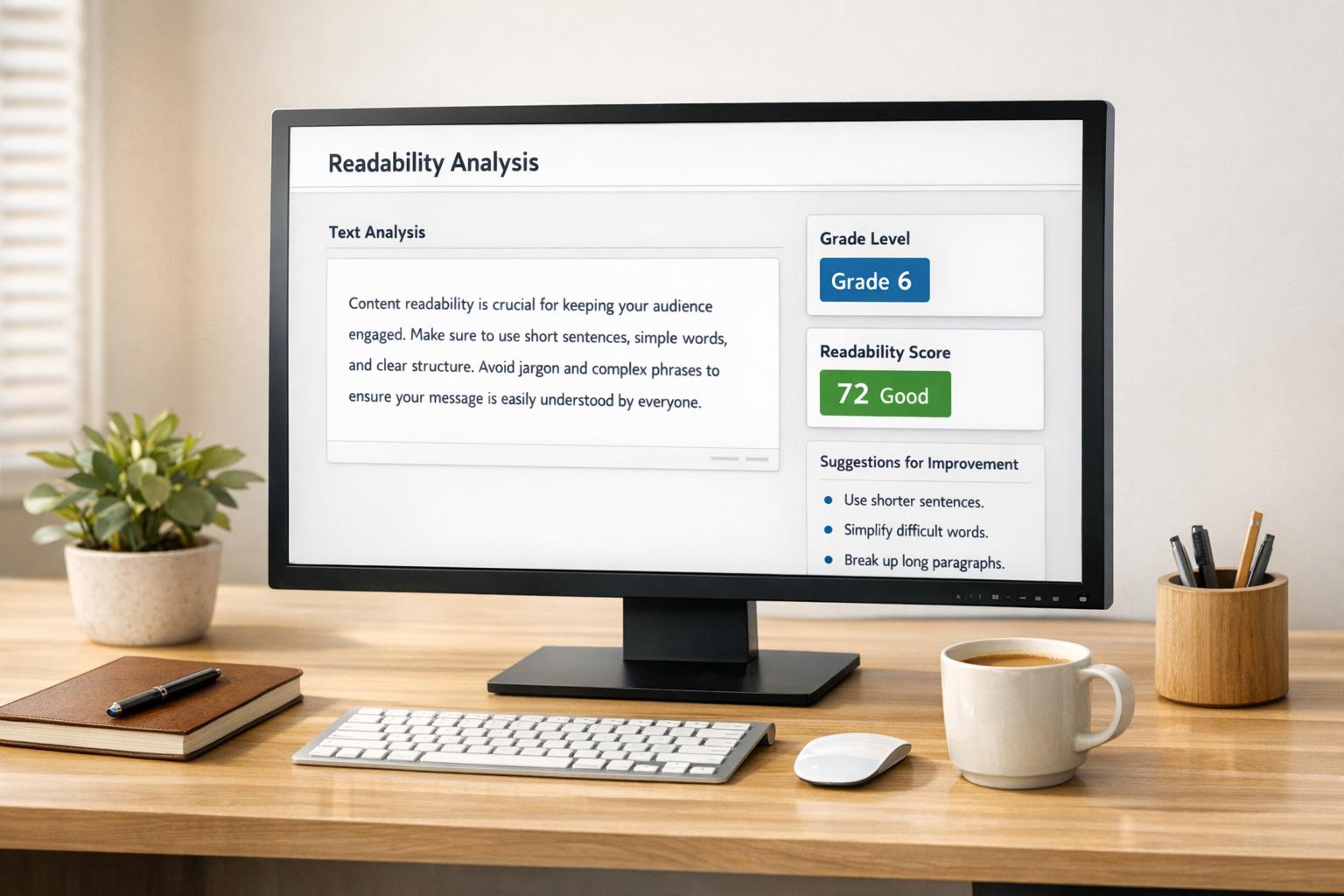

SEO and Conversion Optimization: The Perfect Pair for Success

SEO and Conversion Optimization: The Perfect Pair for Success
 13-02-2025 (Last modified: 27-06-2025)
13-02-2025 (Last modified: 27-06-2025)
Introduction
Driving traffic to your website is only half the battle – and it’s a tricky battle against AI suggestions these days too. But if those visitors don’t take action; whether it’s making a purchase, signing up for a newsletter, or filling out a form – all that SEO effort is wasted. SEO and conversion optimization go hand in hand, ensuring that your site not only ranks well but also turns visitors into loyal customers.
This quick guide will break down the connection between SEO and conversion optimization, common challenges you may come across, and strategies you can use to get more value from your website traffic.
Why SEO and Conversion Optimization Should Work Together
Many businesses focus heavily on SEO to increase organic traffic but neglect what happens once visitors land on their site. On the flip side, some focus only on improving conversion rates without considering whether they’re attracting the right audience.

When you integrate SEO and conversion optimization, you:
- Attract high-intent visitors who are more likely to convert.
- Ensure your site is both discoverable and engaging.
- Maximize the ROI of your content and marketing efforts.
- Reduce bounce rates by providing a seamless user experience.
- Improve search rankings by keeping visitors engaged longer.
Common Challenges with SEO and Conversion Optimization
Before we look at the strategies we recommend, let’s address some common roadblocks you may face when trying to balance SEO and conversion optimization:
- High Bounce Rates – Visitors arrive from search engines but leave quickly because they don’t find what they expected.
- Slow Page Load Times – A top Google ranking won’t help if users abandon your site before it loads.
- Unclear CTAs – Visitors don’t know what action to take next.
- Keyword-Stuffed, Unengaging Content – Over-optimized SEO content may rank but fail to convert because it lacks persuasive value.
- Poor Mobile Experience – If your site isn’t mobile-friendly, you’re losing potential customers.
Let’s dive into how you can overcome these challenges by optimizing for both SEO and conversions…
Our 7 Best Strategies to Integrate SEO and Conversion Optimization
1. Target the Right Keywords for Intent
Keywords are still key. We know that the recent changes with AI search has changed how pages are viewed and ranked but keyword research is still important. Some keywords drive traffic, while others drive conversions. We try to focus on:
- Informational Keywords (e.g., “How to improve website conversions”) for blog content that educates and nurtures leads.
- Transactional Keywords (e.g., “Best SEO and conversion optimization tool”) to attract users ready to take action.
- Long-Tail Keywords that capture specific search intent and often lead to higher conversion rates.
Use tools like Google Keyword Planner or Ahrefs to find high-intent keywords that align with your business goals.
2. Optimize Page Speed for Both SEO and Conversions
Google prioritizes fast-loading sites, and users do too. A 1-second delay in load time can reduce conversions by 7%.
- Compress images and use next-gen formats like WebP.
- Enable browser caching and use a Content Delivery Network (CDN).
- Minimize JavaScript and CSS bloat to improve load times.
Use Google PageSpeed Insights to identify areas for improvement.

3. Create Engaging, SEO-Optimized Content
Your content should do more than rank—it should persuade.
- Write for humans first, SEO second. Avoid keyword stuffing.
- Use clear, scannable headings (H1, H2, H3) for readability.
- Include compelling CTAs within blog posts to guide users toward conversion.
- Add internal links to lead visitors deeper into your site.
Want to refine your content strategy? Check out our A/B Testing Guide to learn how testing different content approaches can improve engagement.
4. Improve User Experience (UX) to Reduce Bounce Rates
Search engines favor sites with low bounce rates and high engagement metrics.
- Keep your navigation simple and intuitive.
- Use white space and clear typography to enhance readability.
- Ensure important content is above the fold for immediate impact.
- Remove distractions and unnecessary pop-ups.
5. Use A/B Testing to Optimize Conversion Elements
Testing different variations of landing pages, CTAs, and headlines can uncover what drives the most conversions.
- Test different CTA placements and colors to see what gets the best response.
- Try variations of headlines to find the most compelling messaging.
- Experiment with different form lengths to reduce drop-offs.
Use an AI-powered tool like PageTest.ai to streamline A/B testing and automatically generate high-performing content variations.
6. Mobile Optimization: A Must for SEO and Conversions
With over 60% of searches happening on mobile devices, a poor mobile experience can kill both rankings and conversions.
- Use responsive design to ensure a seamless experience across devices.
- Make buttons and CTAs easy to tap.
- Optimize for mobile page speed by minimizing heavy elements.
Google’s Mobile-Friendly Test can help you check your site’s mobile usability.

7. Build Trust with Social Proof and Reviews
SEO gets visitors to your site, but trust gets them to convert.
- Showcase customer testimonials prominently.
- Display trust badges (e.g., SSL security, money-back guarantees).
- Highlight case studies that demonstrate your expertise.
- Feature user-generated content to enhance credibility.
Case Study: How One Business Increased Conversions by 40% with SEO and CRO
A SaaS company struggling with high traffic but low conversions implemented a combined SEO and conversion optimization strategy. Here’s what they did:
- Refined keyword strategy to focus on high-intent search terms.
- Optimized landing pages with clearer CTAs and benefit-driven copy.
- Implemented A/B testing to improve signup form completions.
- Increased page speed by optimizing images and scripts.
- Added social proof elements like customer testimonials and trust badges.
Results:
- 40% increase in conversion rate
- 30% reduction in bounce rate
- Improved search rankings for key transactional terms
This case study proves that balancing SEO and CRO leads to higher-quality traffic and more conversions.
Conclusion: Get More from Your Website Traffic
SEO and conversion optimization shouldn’t be treated as separate strategies. When combined, they ensure that your site not only attracts the right audience but also compels them to take action. By implementing these techniques, businesses can improve rankings, enhance user experience, and ultimately drive more conversions.
Key Takeaways: ✔ Focus on high-intent keywords to attract the right audience. ✔ Improve page speed and UX for better engagement and rankings. ✔ Create SEO-friendly but persuasive content that converts. ✔ Use A/B testing to refine conversion elements. ✔ Optimize for mobile users to capture more leads.
Ready to make SEO and conversion optimization work together? Start optimizing today and turn traffic into tangible results!
FAQs: SEO and Conversion Optimization Working Together
How do SEO and conversion optimization work together?
SEO brings users to your site, while conversion optimization turns them into customers. Together, they ensure your traffic is not only high—but high quality and high converting.
What type of keywords help both SEO and conversions?
Focus on high-intent keywords. Long-tail and transactional phrases (like “best CRM for freelancers”) attract users ready to take action, which means better chances of converting.
Why does page speed matter for SEO and conversions?
Because no one likes waiting. Slow sites frustrate users and get penalized by search engines. A faster site means better rankings and happier visitors who stick around and convert.
What are common mistakes when trying to balance SEO and CRO?
Overloading pages with keywords that make content hard to read, burying CTAs, ignoring mobile users, and failing to test what works. It’s about balance—clear, human content that also performs.
How can I test if my SEO pages are converting well?
Run A/B tests on different headlines, CTAs, or layouts using a tool like PageTest.ai. Keep track of bounce rates, time on page, and conversions for a full picture of performance.
Should I optimize for mobile users even if most conversions happen on desktop?
Absolutely. Mobile-first indexing means Google ranks your mobile version first. Plus, users often research on mobile and convert on desktop—so both need to shine.
say hello to easy Content Testing
try PageTest.AI tool for free
Start making the most of your websites traffic and optimize your content and CTAs.
Related Posts

 29-12-2025
29-12-2025
 Ian Naylor
Ian Naylor
CTA Phrase Planner
Struggling with CTAs? Use our free CTA Phrase Planner to create powerful, tailored call-to-action phrases that convert your audience!

 27-12-2025
27-12-2025
 Ian Naylor
Ian Naylor
Website Content Readability Checker
Check your web content’s readability with our free tool! Get a score, grade level, and tips to make your text accessible to more readers.

 25-12-2025
25-12-2025
 Ian Naylor
Ian Naylor
Button Color Impact Calculator
Boost conversions with our Button Color Impact Calculator! See how color choices affect user behavior and get tailored tips for your website.
